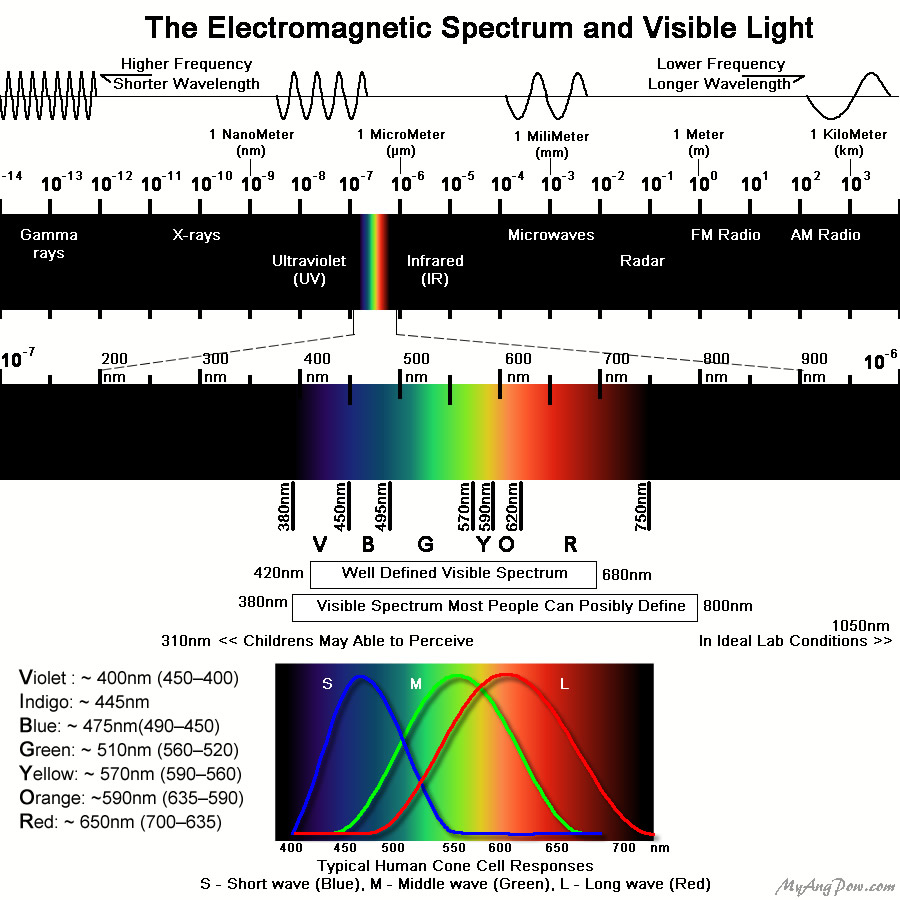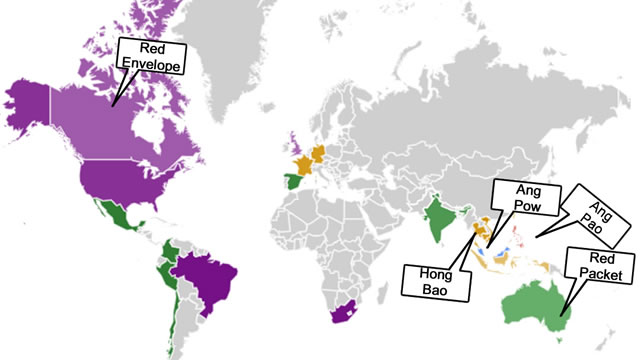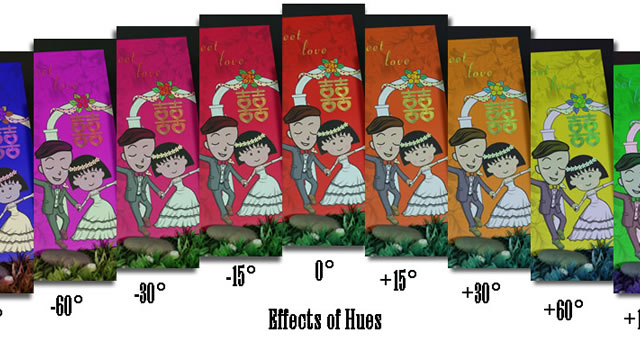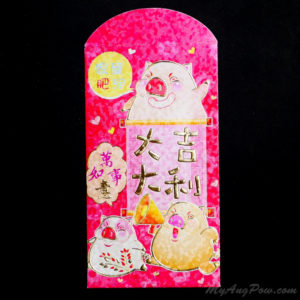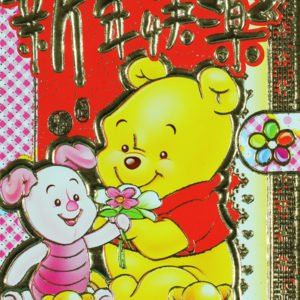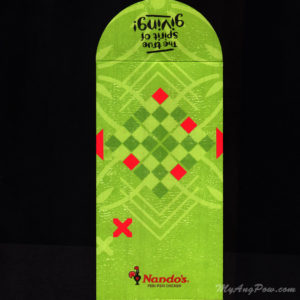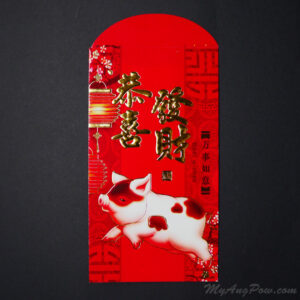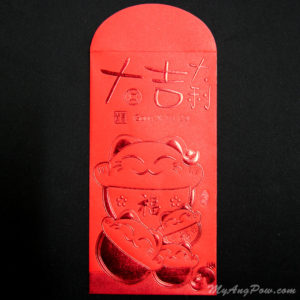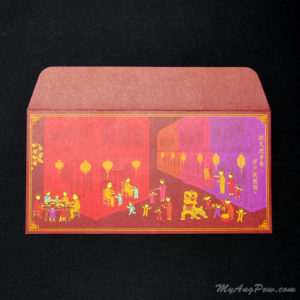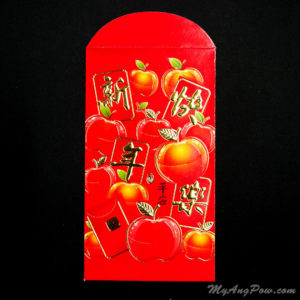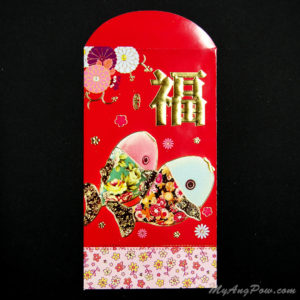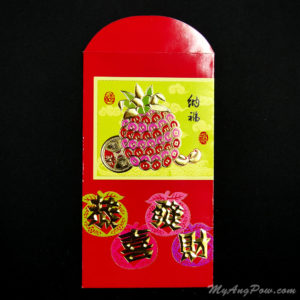Color Perceptions
Color is a perception by the human eyes. Colors bring extra meanings to our visual perception, from functional non verbal communications to aesthetics. However since it is a perception, no two beings will perceive an exact same experience, however is rather a psychological responds that given by the conscious brain, which is strictly unique to the observer and previous similar experience that gave meaning to that perception.
Each human eyes have millions of light sensitive light receptors (sensors) in the retinal surfaces, namely Rods and Cones. No two person will have the exact same number of Rods and Cones, which gave raise to slight variation to the visual perception of colors.
We can say an object is of particular color, all because of the experience of similarity that forms in our mind. Due to nature of color as a wavelength of photons/light (or electromagnetic waves), uncountable waves entering our eyes every moment; it exist as a spectrum from non visible long wavelength of radio and infra-red, to a spectrum of visible light, to spectrum of non visible short wavelength of ultra-violet to x-rays and gamma rays. Many of the spectrum are of non visible spectrum which doesn’t generates any “meanings” to our brain, and hence our mind don’t assume their existence, and don’t tell them apart like colors of visible spectrum do.
Color Experiences
As previously mentioned, No two person are the exact same, color perception defers. Many people are unaware of their color deficiencies, as we generally perceive the similar color (similar but not same) as same color, until when two person are challenge to tell a difference in the similar spectrum, some may unable to tell the difference while others can easily tell the difference. In color deficiency, it is similar to narrowing down a “visible spectrum” of light, any color which is not perceived is considered outside of the spectrum and do not bring meaning to the mind.
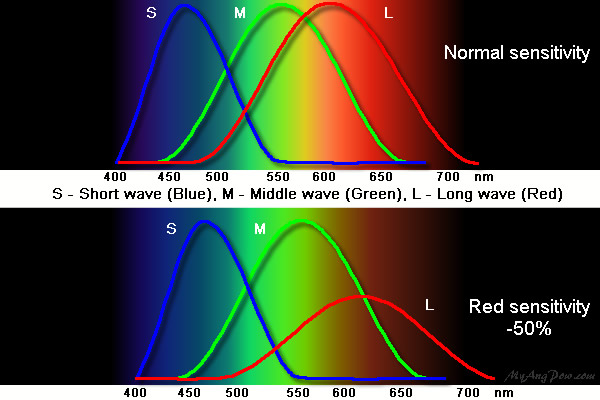
Comparing a Normal Visible Spectrum VS a Red Deficiency (-50%) Spectrum. Noted the Visible Spectrum is Narrowed Due to Red Deficiency.
Without a previous similar experience, we cant differentiate colors, as our mind cant tell the meaning of its difference. At birth, the first experience that form in the mind is light, subsequent experiences will tell the shades of lights/brightness/darkness, further experience will tell bright and dark colors, from understanding 7 colors of rainbow to understanding hues of colors. A example will be the usage of color pencil in drawing a picture, at younger age we only familiar to use 12 major colors in our drawing, however those who are better experience can use more than 24, 36, 48 colors color pencil, up to even professional ones which have more than 100 shades of colors.
Even color differentiation ability can be strongly decepted by previous experience. For example an apple which is supossingly red color in general perception, when it was view by a person with red deficiency, it might be appears in yellowish hue, but throughout his previous experience to associate that yellow hue as the term “Red” , he may still able to term another similar item, e.g red ball/ red pen etc , as color red color without issue. This experience will shape his perception of color without knowing that there is a preformed deception throughout his life.
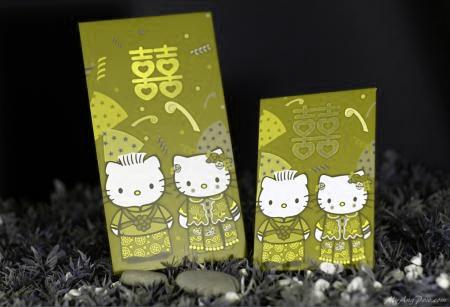
The Hello Kitty Ang Pow as seen by a Protanopia (Red-Green Color Blindness) which affects 1% on Men. If person with Protanopia had first learned that this is “Red” , he will associate this “Olive color” as “Red”. He can correctly call any objects with similar red as “Red” although it doesn’t appears as a true red. When he is next presented with a real Olive, he will say the Olive is “Red”, as the mind already experienced an altered perception of “red”.
However the realization of that deception will only occur after a conflict in terms when brought to a challenge to differentiate a item with yellow hue and a item in true red side by side. This challenge is commonly used in color vision deficiency check, for example the famous classic ishihara color chart, where a “similar colored number” is merge with a “similar colored background” , a person with color deficiency will term both as “same colored” and unable to tell both apart.Hence, Colors is in the eyes of the Observer. My red is not the same as your red. My yellow lemon may not be same as your yellow lemon. My blue sky is not the same as your blue sky.



